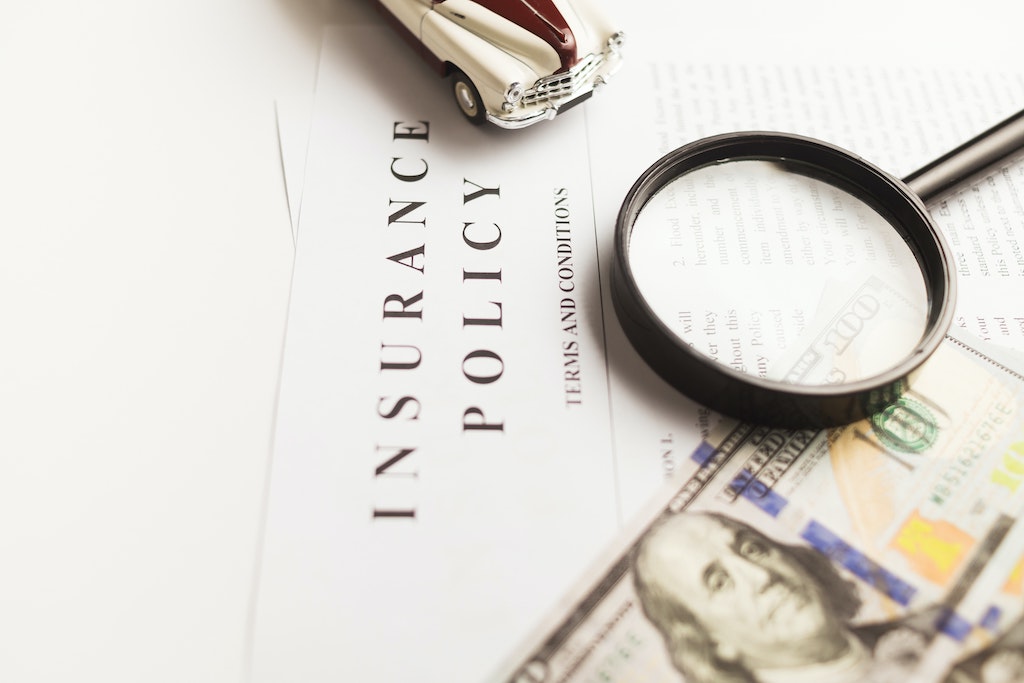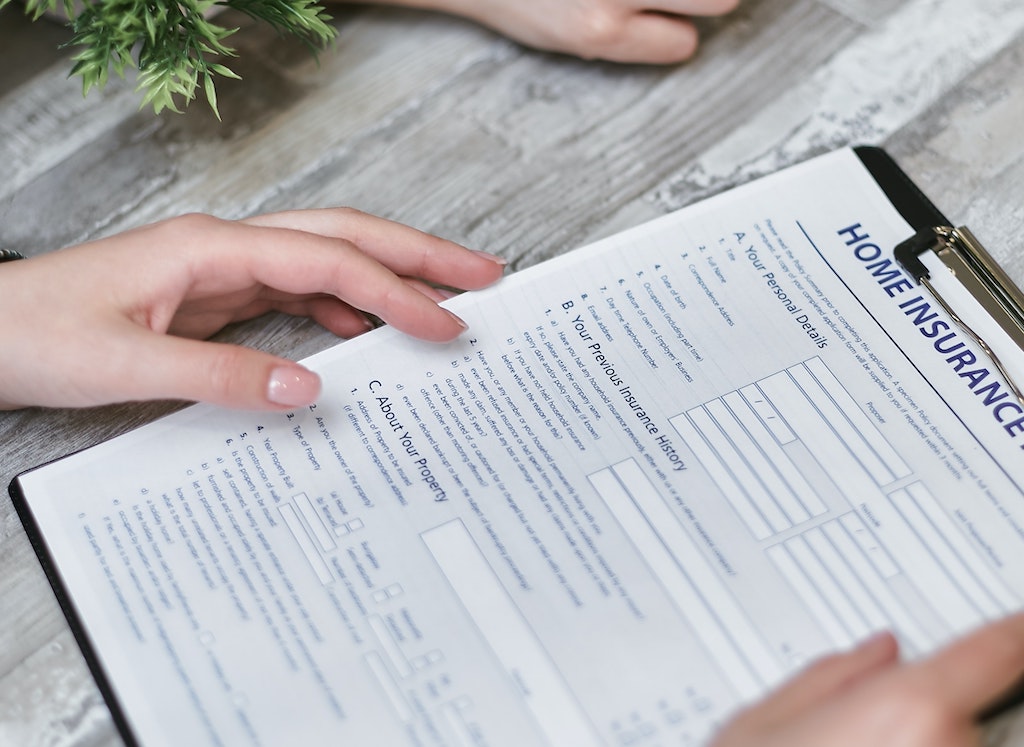Your home is your castle. As such, it’s only natural that we want to protect our homes with the best defense possible: a solid home insurance policy. But with many insurance products and providers, how can we identify the right one? If you’ve found yourself asking, “What should I look for in homeowners insurance?” This article is for you. We’ll explore the key aspects to consider, equipping you with the knowledge you need to navigate the insurance market and make an informed decision.
10 things to look for in a home insurance policy
Choosing the right policy may seem overwhelming, but it doesn’t have to be. By understanding the key features of a home insurance policy to look for, you can find a policy that meets your needs.
Comprehensive coverage
The most important feature of a home insurance policy to keep in mind is comprehensive coverage. Coverage that is extensive and encompasses a wide range of potential damages and losses. A comprehensive policy typically covers structural damage to your home, such as that caused by fire, hail, or wind, the loss or damage of personal belongings due to theft or vandalism. All-encompassing coverage might sound ideal, but even comprehensive policies have limits. They often exclude certain perils such as floods, earthquakes, or normal wear and tear. Additional policies or endorsements may be required for homeowners in high-risk areas for such excluded events.
When considering comprehensive coverage, don’t just think about the current state of your home. Consider potential risks based on your location and lifestyle. Does your region frequently experience hurricanes or heavy snowfall? Do you have valuable items that may attract thieves? Tailoring comprehensive coverage to address such questions ensures your policy can offer optimal protection when needed.
Adequate liability coverage
Another aspect of a home insurance policy to pay particular attention to is adequate liability coverage. This part of your insurance protects you if someone gets injured on your property or if you or your family members accidentally cause damage to others’ properties.
How much liability coverage is ‘adequate’? It depends on your circumstances. If you have a high net worth, a pool, or a dog, consider higher limits or an umbrella policy for added protection. Consult an insurance professional to help you assess your liability risk and determine a suitable coverage amount.
Reasonable deductibles
The deductible on your home insurance policy is what you agree to pay out-of-pocket when you file a claim. It’s a critical factor in insurance costs and the claim process. For example, your home suffers $10,000 in storm damage, and your deductible is $1,000. You’d pay the first $1,000 for repairs, and your insurance would cover the remaining $9,000.
A higher deductible usually results in a lower premium (the amount you pay for your policy) and vice versa. Choose a policy with a deductible you can afford. It’s no use having a lower premium if a high deductible would cause financial strain when you need to make a claim. Or, if you can comfortably manage a higher deductible, you could save on your premiums in the long run. It’s all about finding a balance that works for your budget and risk tolerance.
Replacement cost coverage
When exploring what to look for in your home insurance policy, replacement cost coverage is a must-understand concept. This feature ensures that if a covered peril damages your home or belongings, your policy will pay the cost to replace them at today’s prices without considering depreciation. Actual cash value (ACV) coverage only pays for what your property was worth during the damage or loss, considering depreciation. That means if your ten-year-old refrigerator gets damaged, ACV coverage will only pay for the value of a ten-year-old fridge, which may not be enough to purchase a new one.
Choosing replacement cost coverage might mean slightly higher premiums but also better protection.
Additional living expenses coverage
Imagine a fire severely damages your home, rendering it uninhabitable during repairs. Besides the stress of the damage, you now have to worry about finding (and paying for) temporary housing. That’s where Additional Living Expenses (ALE) coverage comes in. ALE coverage, often part of a standard home insurance policy, pays for extra costs if a covered loss makes your home unlivable. This could include hotel bills, restaurant meals, and other costs above and beyond your usual living expenses.
When reviewing potential policies, check the details of their ALE coverage. What is the limit, and is it enough to cover potential costs in your area? How long does the coverage last?
High limits for valuable items
Standard home insurance policies typically include coverage for personal property, but they often have limits on certain categories of items, like jewelry, art, or high-end electronics. If you have valuable items that exceed these limits, you’ll need to adjust your policy to ensure they’re fully covered. This might involve raising your policy limits or adding a personal property endorsement or floater for specific items. These options provide additional coverage beyond the basic policy limits and may also cover perils not included in your standard policy.
Endorsements and exclusions
Exclusions are items or events that a policy will not cover. For example, most standard home insurance policies exclude flood and earthquake damage. You must consider additional coverage if your home is at risk for these events. Endorsements (or riders) are additions to your policy to cover exclusions or extend coverage. For instance, if you run a home-based business, you might need an endorsement to cover business-related equipment and liability.
A smooth claims process
When you need to make a claim, the last thing you want is a complex or slow process. The ease of making a claim and the support you receive from your insurer can significantly impact your experience.
When choosing an insurer, consider their reputation for handling claims. Do they have a 24/7 claims center? How do they handle disputes? What do their customers have to say about their experiences? You can often find this information through online reviews or ratings from organizations like the Better Business Bureau.
Annual or regular reviews
Your life isn’t static, and neither are your home insurance needs. Changes like home renovations, purchasing valuable items, or even changes to your neighborhood can impact the coverage you need.
Look for an insurance provider who encourages regular policy reviews. This can help ensure that your coverage evolves to match your circumstances, providing you with relevant and effective coverage throughout the different phases of your life.
Good customer service
While good customer service is crucial in any business, it’s especially important for home insurance. If something goes wrong, you want an insurer who will be there to support you.
Good customer service means prompt, helpful responses to your inquiries, transparency about policies and procedures, and fair, timely handling of claims. Look at customer reviews and ask for referrals to find an insurer that can provide this level of service.
Choosing the right home insurance policy is a significant step in protecting your home and peace of mind. It’s not just about finding the cheapest quote but about identifying the policy that offers the best value for your needs. Remember, the best insurance policy gives you the right amount of protection at a price you can afford. By keeping the features highlighted above in mind, you’re well-equipped to make a decision that will stand you in good stead for the future.




